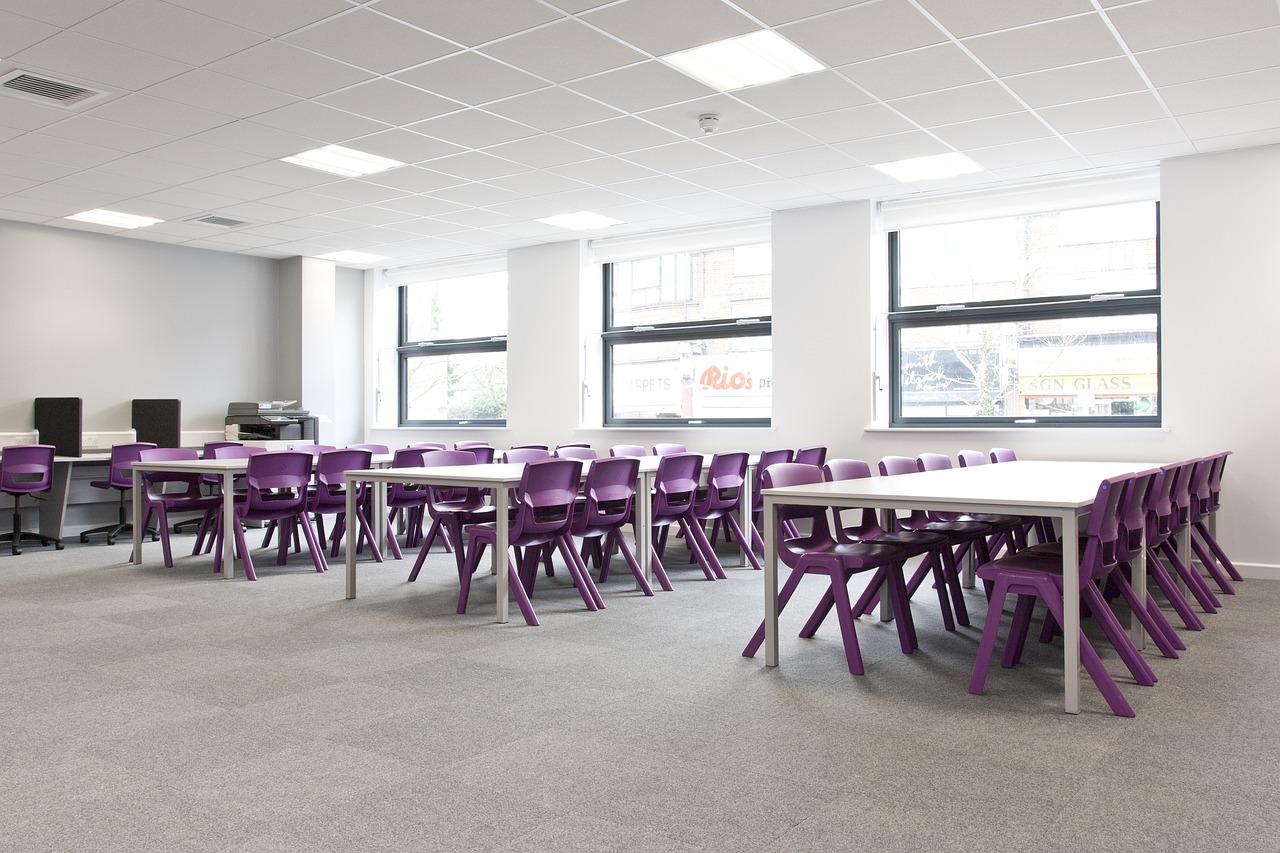Cultivating Inclusive Classrooms through Technology
Inclusive classrooms have increasingly embraced technology as a valuable tool to cater to the diverse learning needs of students. Technology provides opportunities for customization and personalization of learning experiences, allowing students with different learning styles to engage with the material in ways that suit them best. This adaptability fosters a more inclusive and supportive learning environment where all students can thrive.
Furthermore, the use of technology in inclusive classrooms promotes collaboration and communication among students. Digital tools such as online platforms and interactive applications enable students to work together on projects, share ideas, and receive feedback from their peers. This collaborative approach not only enhances the learning experience but also fosters a sense of community and camaraderie among students of varying abilities and backgrounds.
Understanding Different Learning Styles
Different individuals have unique ways of processing and retaining information, which can be attributed to their distinct learning styles. Visual learners tend to grasp concepts more effectively through images, charts, and diagrams rather than through verbal explanations alone. On the other hand, auditory learners prefer spoken explanations and discussions, finding it easier to understand and retain information when it is presented through lectures or audiobooks.
Furthermore, kinesthetic learners thrive in hands-on learning environments where they can engage in physical activities to absorb information effectively. These individuals benefit from interactive experiences and practical demonstrations that allow them to explore concepts through direct experience and manipulation. By recognizing and accommodating these varied learning styles in educational settings, teachers can create inclusive and engaging learning environments where all students have the opportunity to learn and succeed.
• Visual learners process information better through images, charts, and diagrams
• Auditory learners prefer spoken explanations and discussions
• Kinesthetic learners thrive in hands-on learning environments with physical activities
• Teachers can create inclusive learning environments by accommodating different learning styles
Providing Access to Diverse Resources
Inclusive classrooms aim to cater to the unique learning needs of all students, including those with diverse backgrounds and abilities. Providing access to a wide range of resources is crucial in creating an environment where every student can thrive. By offering a variety of materials, such as books, technology, and hands-on learning tools, educators can ensure that every learner has the opportunity to engage with content in a way that resonates with them.
Diverse resources not only support academic achievement but also foster a sense of belonging and inclusivity within the classroom. When students see themselves reflected in the materials they interact with, they are more likely to feel connected to the content and motivated to learn. Additionally, exposure to resources that represent a variety of perspectives and experiences can help students develop empathy, critical thinking skills, and a broader understanding of the world around them.
How can technology benefit students in inclusive classrooms?
Technology can benefit students in inclusive classrooms by providing access to a wide range of resources, accommodating different learning styles, and promoting engagement and collaboration among all students.
How important is it to understand different learning styles in an inclusive classroom?
Understanding different learning styles is crucial in an inclusive classroom as it allows teachers to tailor instruction to meet the diverse needs of all students, ensuring that each individual has the opportunity to learn and succeed.
What are some ways to provide access to diverse resources in an inclusive classroom?
Some ways to provide access to diverse resources in an inclusive classroom include using technology to create interactive lessons, incorporating multimedia materials, offering multiple modes of instruction, and providing opportunities for students to explore and engage with content in various ways.







